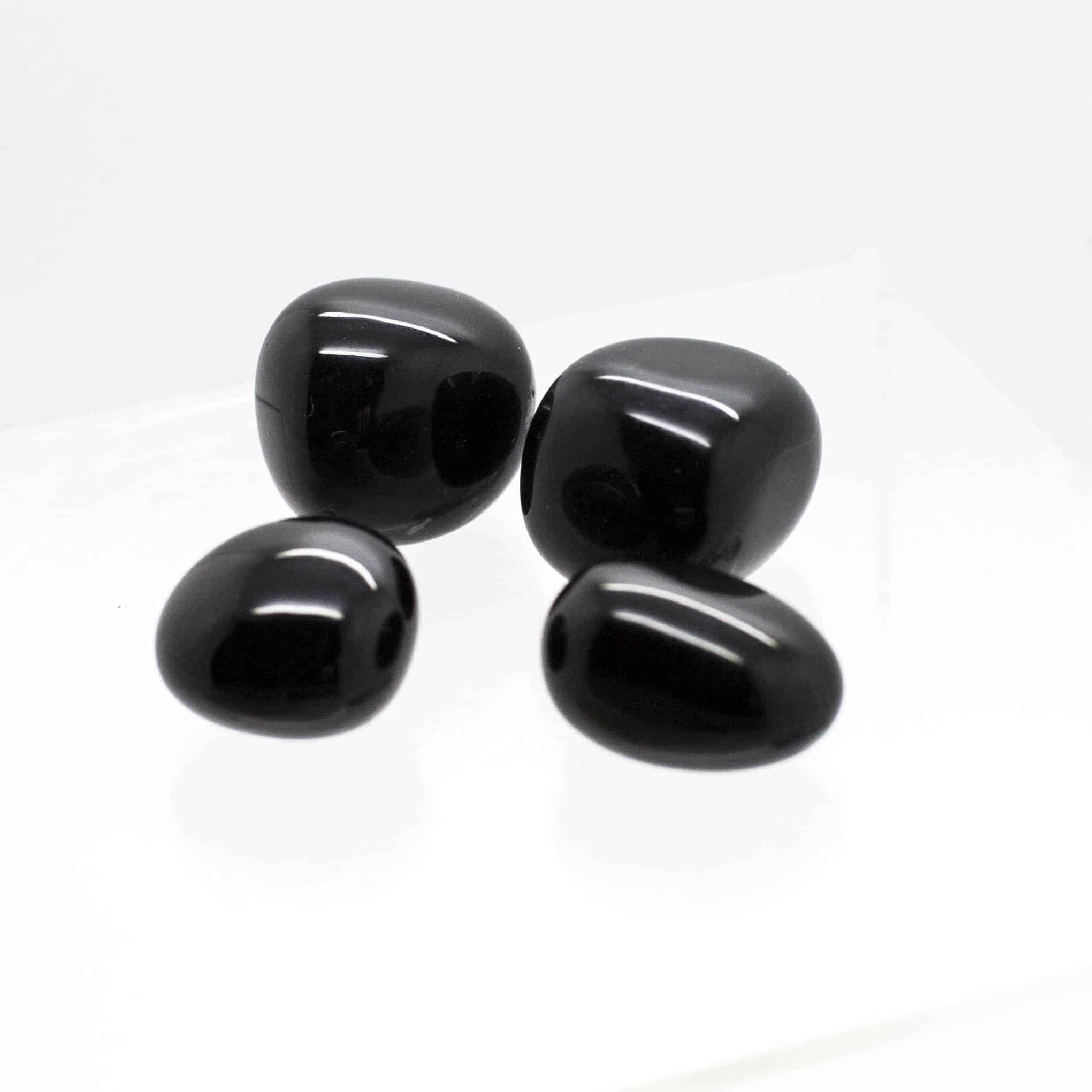

Komatiite is named for a locality on the Komati River of South Africa. Komatiite (ko-MOTTY-ite) is a rare and ancient ultramafic lava, the extrusive version of peridotite. It's not very precious, just very interesting. This specimen, however, is from Kansas and contains no diamonds. South Africa seems to have the most, and kimberlite gets its name from the Kimberley mining district in that country. Once found, many of them become diamond mines. Most are a few hundred meters across, so they can be hard to find. Kimberlite pipes (which are also called kimberlites) are scattered by the hundreds in the most ancient continental areas, the cratons. It also contains xenoliths, samples of rocks gathered along the way. Diamonds and many other ultra-high pressure minerals are present in greater or lesser amounts. The rock is of ultramafic composition-very high in iron and magnesium-and is largely composed of olivine crystals in a groundmass consisting of various mixtures of serpentine, carbonate minerals, diopside, and phlogopite. This type of igneous rock originates when lava erupts very rapidly from deep in the Earth's mantle, leaving behind a narrow pipe of this greenish brecciated rock. Kimberlite, an ultramafic volcanic rock, is quite rare but much sought after because it is the ore of diamonds. Igneous petrologists are careful about their terminology for gabbro and similar rocks, in which "gabbroid," "gabbroic," and "gabbro" have distinct meanings. Gabbro is also found with other plutonic rocks in batholiths when bodies of rising magma are low in silica. That makes gabbro a key sign of an ophiolite, a large body of oceanic crust that ends up on land. Gabbro makes up most of the deep part of the oceanic crust, where melts of basaltic composition cool very slowly to create large mineral grains. You can get away with calling almost any dark, coarse-grained igneous rock gabbro, but true gabbro is a narrowly defined subset of dark plutonic rocks. Gabbro is named after a town in Italy's Tuscany region. The other dark minerals may include amphibole, pyroxene, and sometimes biotite, olivine, magnetite, ilmenite, and apatite. Also, gabbro has no alkali feldspar, only plagioclase feldspar with a high calcium content. Unlike granite, gabbro is low in silica and has no quartz. Gabbro is a dark-colored igneous rock that is considered to be the plutonic equivalent of basalt. State of New South Wales Department of Education and Training


 0 kommentar(er)
0 kommentar(er)
